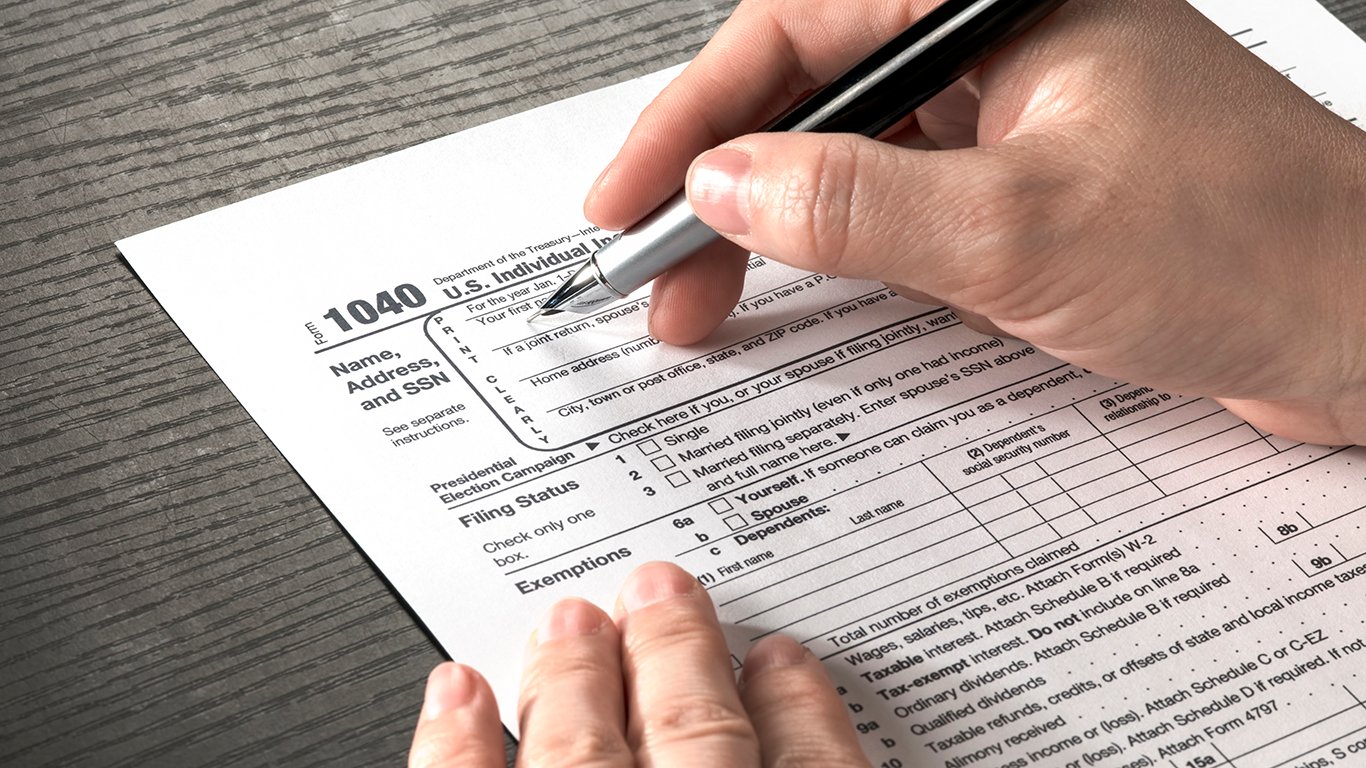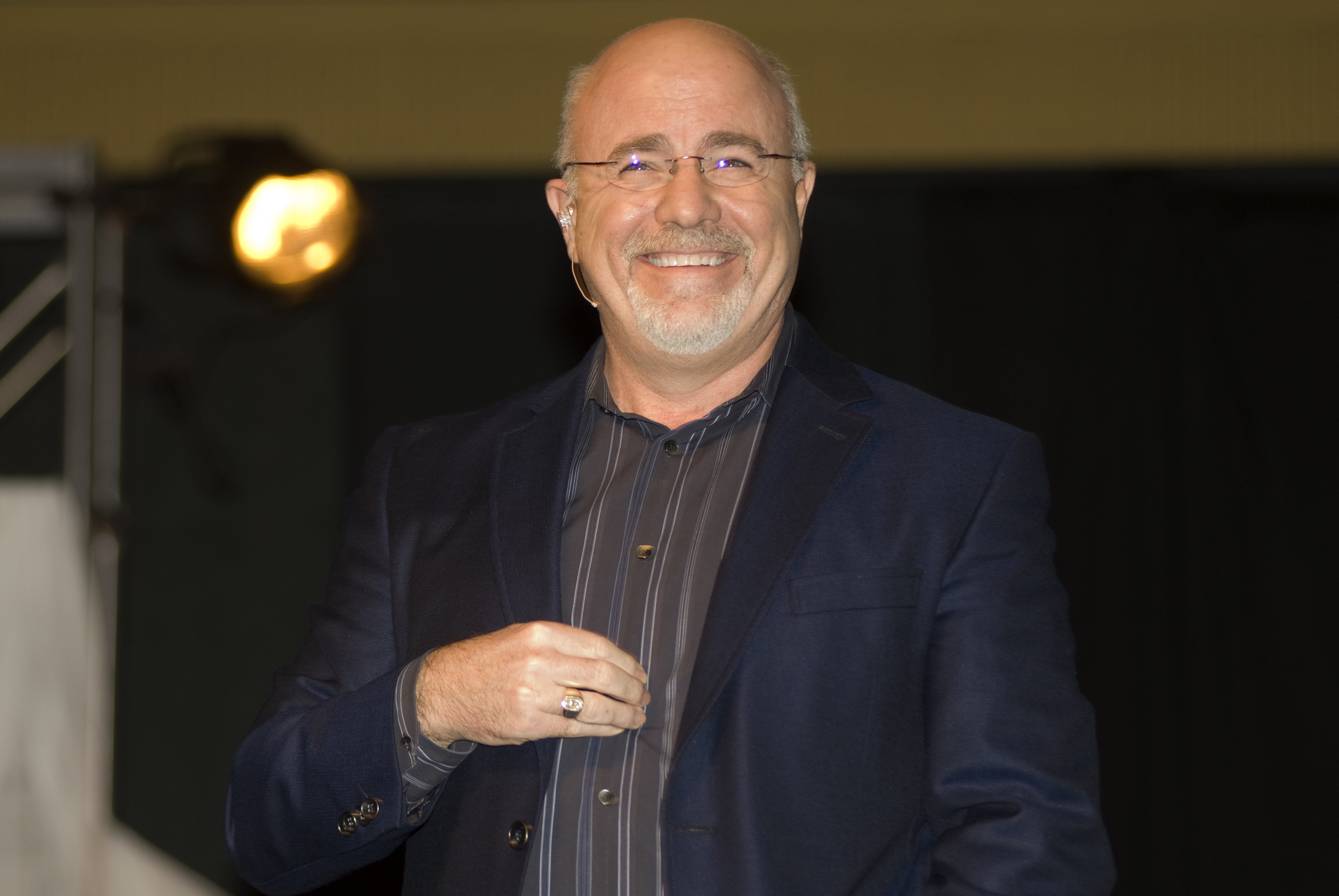 In a fascinating review of the US sub-prime automobile lending market, Moody’s sees signs that today’s market is eerily similar to the early stage of growth in sub-prime auto loans in the 1990s.
In a fascinating review of the US sub-prime automobile lending market, Moody’s sees signs that today’s market is eerily similar to the early stage of growth in sub-prime auto loans in the 1990s.
From the Moody’s report:
The subprime auto lending market is exhibiting some characteristics last seen during the early- to mid-1990s, when overheated competition led to poor underwriting and drove unexpectedly high losses that put many smaller lenders out of business. Then, as now, investor capital flowed into the sector, lured by the profit potential from the ability to charge high loan rates while enjoying low funding costs. When the lending boom in the 1990s eventually went bust, the number of lenders contracted drastically, and subprime auto ABS investors suffered losses. If today’s subprime auto lending market were to deteriorate as it did back then, investors could suffer comparable or greater losses, especially in the absence of monoline guarantors or other controlling parties available to minimize or absorb their losses.
The market for asset-backed securities (ABS) is “burgeoning” as yields have reached 17% on money for which the lenders are paying a coupon of less than 2%. Figuring in net losses of -1% to -3%, the average annual spread is around 12% according to Moody’s. That’s a pretty fair return in this day and age, and roughly matches the spreads of 12%-14% of the early 1990s.
Moody’s estimates that there are about 15 lenders in the sub-prime auto lending business today, compared with more than 30 in the 1990s. But as more competitors enter the market, the quality of the loan portfolios declines because lenders lower their standards to keep customers coming in. From the report:
The credit quality of pools securitized in 2011 and 2012 indicate that credit has loosened since 2010. Recent data from Experian show that the average APR on loans for used autos decreased to its lowest level since 2008, to 8.61% from 8.71% between the fourth quarters of 2010 and 2011, even as the average borrower credit score also decreased, to 670 from 679.
The recent uptick in car sales has been attributed to pent-up demand on the part of buyers who have been keeping their cars longer, and are now looking to buy something better. Estimates of new car sales in the US currently range from about 14-14.5 million this year. That’s a lot of potential new borrowers.
The Moody’s report is available here.
Paul Ausick
Take This Retirement Quiz To Get Matched With A Financial Advisor (Sponsored)
Take the quiz below to get matched with a financial advisor today.
Each advisor has been vetted by SmartAsset and is held to a fiduciary standard to act in your best interests.
Here’s how it works:
1. Answer SmartAsset advisor match quiz
2. Review your pre-screened matches at your leisure. Check out the
advisors’ profiles.
3. Speak with advisors at no cost to you. Have an introductory call on the phone or introduction in person and choose whom to work with in the future
Take the retirement quiz right here.
Thank you for reading! Have some feedback for us?
Contact the 24/7 Wall St. editorial team.



